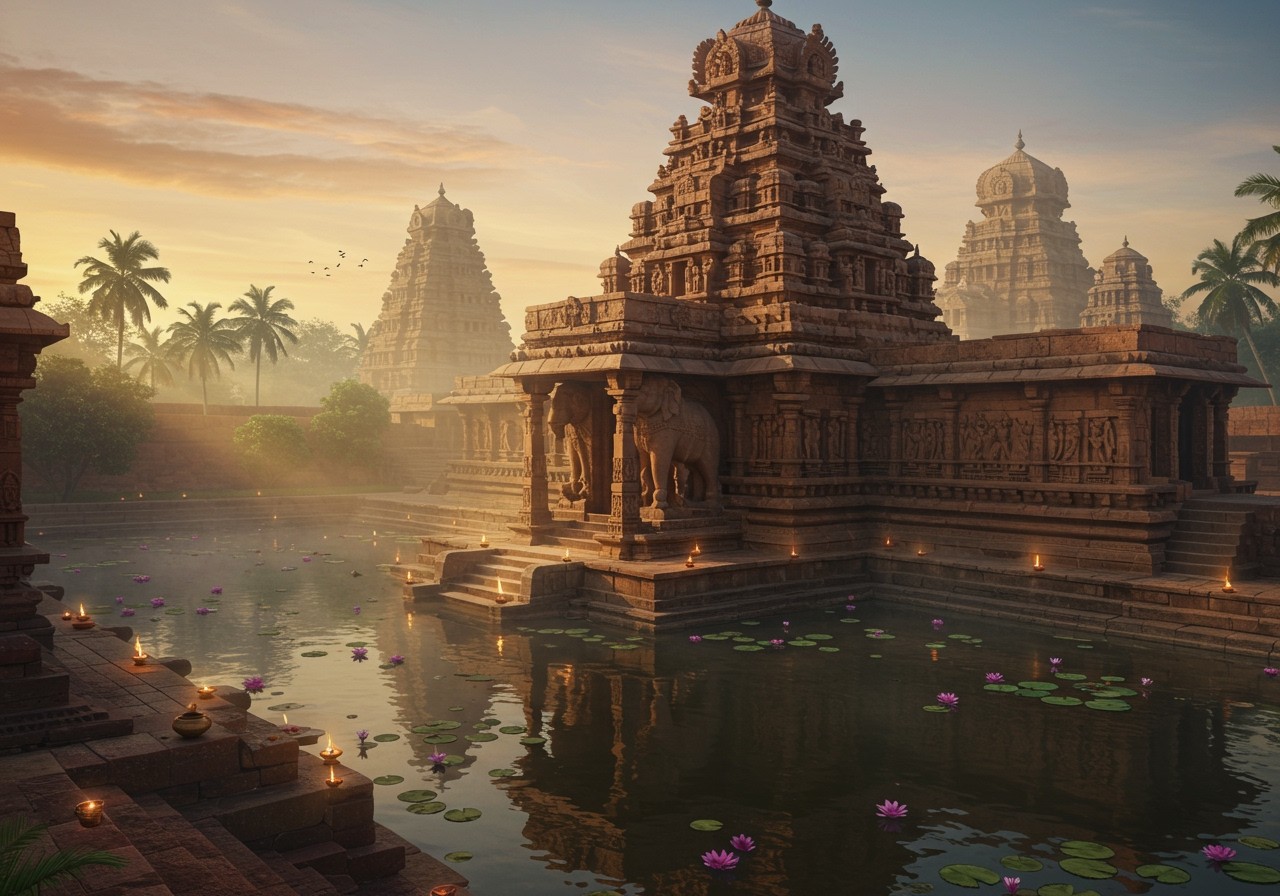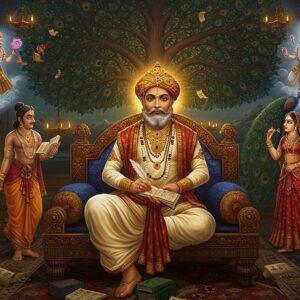
Namaste. Journey with us through the Deccan Plateau, a land steeped in history and vibrant culture. This unique landscape cradles architectural wonders, from ancient rock-cut caves to majestic forts that echo with tales of devotion and empires. Let’s explore these hidden gems, understand their significance, and appreciate the efforts to preserve them for generations to come.
Exploring the Rock-Cut Wonders of the Deccan
The Deccan’s architectural story begins with its breathtaking rock-cut marvels. Think of the world-renowned Ajanta and Ellora caves, adorned with intricate carvings that narrate tales from Buddhist, Jain, and Hindu traditions. But there’s more to discover: the Badami Caves, a hidden treasure showcasing Dravidian artistry with mesmerizing rock-cut sculptures. And who could forget the Elephanta Caves, with their colossal Shiva sculptures, a testament to the devotion and skill of ancient artisans?
The magnificent Kailasa Temple at Ellora, carved from a single rock, stands as a pinnacle of rock-cut architecture. These caves weren’t merely artistic expressions; they served as vibrant centers of learning and pilgrimage, shaping the spiritual landscape of ancient India. Their influence rippled outwards, inspiring later temple designs across South India.
Forts and Palaces: Whispers of Deccan Sultanates
The Deccan Sultanates, powerful rulers of the region, have left their mark through impressive fortifications and opulent palaces. Golconda Fort beckons, whispering secrets through its famed acoustical design and majestic structure. Bidar Fort, a jewel of Persian-inspired architecture, houses the serene beauty of Bahmani tombs. And then there’s Bijapur Fort, home to the iconic Gol Gumbaz, its whispering gallery a source of wonder and amusement. These architectural wonders tell tales of power, strategy, and cultural exchange.
Chandragiri Fort stands as a testament to the Vijayanagara Empire’s architectural prowess. These forts weren’t just military strongholds; they housed magnificent palaces, reflecting the rich lifestyle and artistic sensibilities of the Deccan Sultanates. The blend of Persian, Turkish, and Indian architectural styles creates a unique aesthetic that speaks to the Deccan’s rich history of cultural fusion.
Preserving Our Heritage: A Shared Responsibility
Preserving these architectural treasures is a sacred duty, a way to honor our past and enrich our future. The Archaeological Survey of India (ASI) leads the charge, working tirelessly to safeguard these sites. Restoration is a delicate dance, balancing the need to protect these ancient structures from the ravages of time and the elements while ensuring they remain accessible to all. Urbanization and environmental challenges add layers of complexity, yet community-led initiatives bring hope, raising awareness and resources to support these crucial preservation efforts.
Tourism, while vital for showcasing these wonders, also presents challenges. Balancing public access with conservation requires careful planning and management. Successful restoration projects have breathed new life into many sites, revealing their timeless beauty to a new generation. Digital documentation and virtual tours offer innovative ways to experience these marvels, ensuring their stories can be shared far and wide.
Deccan Architecture: A Fusion of Styles
Deccan architecture stands apart, a unique tapestry woven from various influences. It represents a beautiful fusion of North Indian (Nagara) and South Indian (Dravidian) styles, later embracing elements of Islamic architecture, including grand domes, arches, and minarets. This blend created a distinct architectural language, showcasing intricate carvings, local stone, and ornamental stucco work. The Vesara style emerged as a testament to this hybrid vigor.
Over time, this architectural narrative evolved. The Bahmani Sultanate and subsequent Deccan Sultanates further enriched the region’s architectural vocabulary with Persian, Turkish, and Mughal influences. This fusion of styles is visible in grand structures like the Charminar and the Mecca Masjid in Hyderabad, showcasing the Deccan as a vibrant center of Islamic art and culture.
Poojn.in: Your Companion on a Spiritual Journey
As you plan your exploration of these sacred sites, Poojn.in is your trusted companion. We offer a curated collection of authentic puja items, sourced with utmost care and respect for tradition. Whether you’re seeking divine idols for your home temple, exquisite puja accessories, or traditional samagri, our online store brings the sanctity of the temple to your doorstep.
We understand the deep reverence you hold for these traditions, and we are committed to providing you with high-quality, authentic items to enrich your spiritual practices. Let Poojn.in be a part of your journey, connecting you with the divine energy of these sacred spaces.
Embracing the Legacy: A Timeless Journey
The Deccan’s architectural heritage is more than just stones and structures; it’s a living testament to the region’s rich spiritual and cultural tapestry. From the intricate carvings in ancient caves to the grandeur of majestic forts, each site whispers stories of devotion, innovation, and the enduring power of human creativity. Let us cherish these treasures, ensuring that their timeless beauty continues to inspire generations to come. As you journey through this vibrant land, may you feel the deep resonance of history and the warmth of tradition, carrying with you the enduring legacy of the Deccan.


